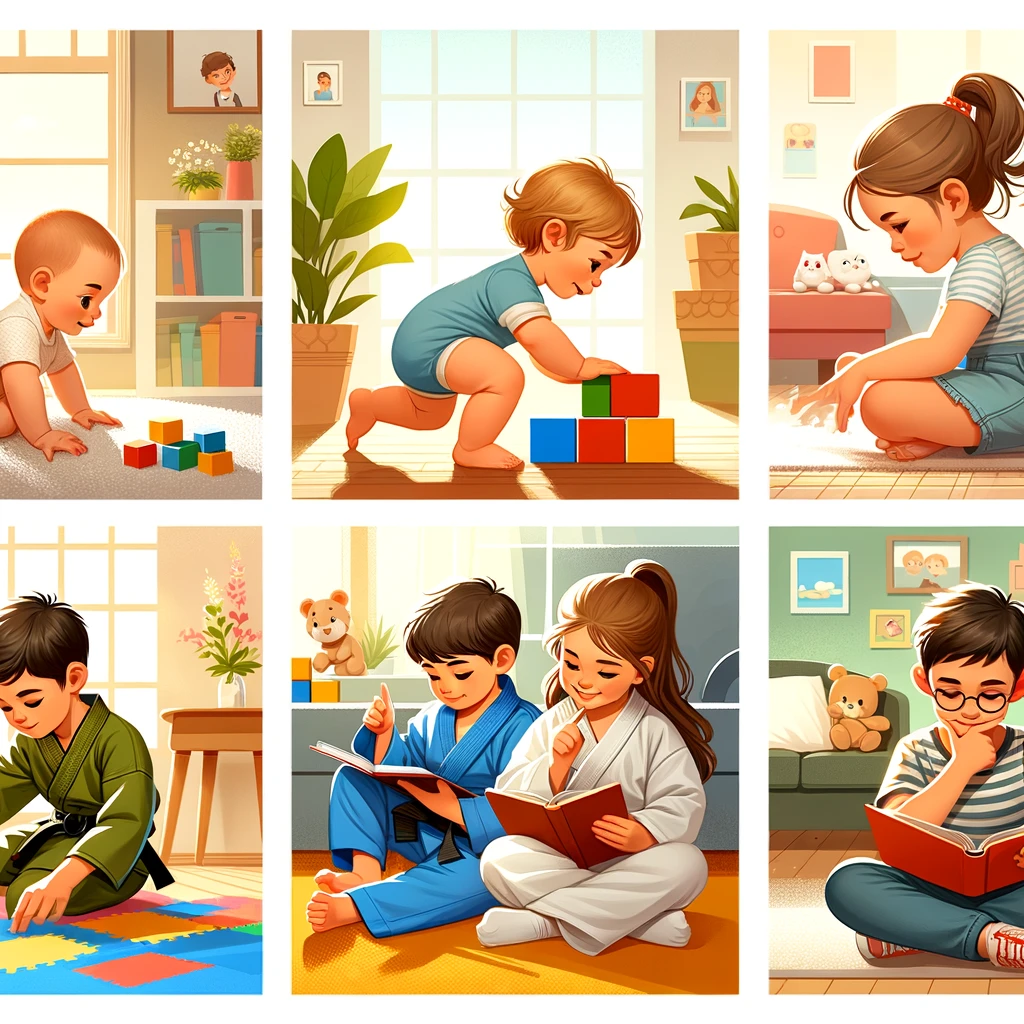
Understanding the Stages of Child Development: What to Expect at Each Age Group
Posted: May 17, 2024
Child development is a dynamic and complex process that encompasses physical, emotional, cognitive, and social growth. Understanding the typical milestones and behaviors at each stage can help parents and caregivers provide the right support and guidance. Here, we explore what to expect as children grow, focusing on key developmental stages from infancy through adolescence.
Infancy (0-2 Years)
Physical Development:
- Rapid growth: Infants grow quickly, with significant increases in height and weight.
- Motor skills: Babies start with basic reflexes and gradually develop control over their movements. By the end of this stage, most children can sit, crawl, stand, and begin walking.
Emotional Development:
- Attachment: Infants form strong emotional bonds with their primary caregivers, which are crucial for their sense of security and trust.
- Expression of emotions: Babies express a range of emotions, from joy and excitement to distress and fear. They begin to recognize and respond to their caregivers' emotions.
Early Childhood (2-5 Years)
Physical Development:
- Fine and gross motor skills: Children develop greater control over their bodies. They learn to run, jump, climb, and refine their hand-eye coordination through activities like drawing and building with blocks.
- Rapid brain development: This period is marked by significant brain growth, which supports cognitive and motor skills.
Emotional Development:
- Independence: Children start to assert their independence, often leading to the "terrible twos" as they test boundaries.
- Emotional regulation: While they experience a wide range of emotions, young children are still learning to manage and express their feelings appropriately.
Middle Childhood (6-11 Years)
Physical Development:
- Steady growth: Children grow at a steady pace, with improvements in strength, coordination, and agility.
- Development of fine motor skills: Skills like writing, playing musical instruments, and engaging in sports become more refined.
Emotional Development:
- Peer relationships: Friendships become increasingly important. Children learn social norms, cooperation, and conflict resolution through interactions with peers.
- Self-concept: This stage is crucial for developing self-esteem and a sense of identity. Positive reinforcement and encouragement are key to fostering a healthy self-image.
Adolescence (12-18 Years)
Physical Development:
- Puberty: Adolescents undergo significant physical changes, including growth spurts and the development of secondary sexual characteristics.
- Increased strength and endurance: Teens develop greater physical capabilities, which can be enhanced through sports and physical activities.
Emotional Development:
- Identity exploration: Adolescents begin to explore their identities, including their beliefs, values, and goals. This period can be marked by confusion and experimentation.
- Emotional intensity: Hormonal changes can lead to heightened emotions and mood swings. Supportive relationships with family and friends are crucial during this time.
Supporting Development at Each Stage
Infancy:
- Provide a safe, nurturing environment where infants can explore and develop motor skills.
- Respond to emotional needs promptly to build trust and security.
Early Childhood:
- Encourage physical activity to develop motor skills.
- Foster independence while providing consistent boundaries and routines.
Middle Childhood:
- Promote a balance of physical activities, academics, and social interactions.
- Encourage positive social relationships and self-esteem through praise and constructive feedback.
Adolescence:
- Support physical activities that build strength and coordination.
- Provide a safe space for identity exploration and emotional expression.
Understanding the stages of child development helps parents and caregivers support their children's growth effectively. By recognizing the typical milestones and challenges of each age group, you can provide the appropriate guidance and environment to foster their physical and emotional well-being. At our school, our instructors are trained to understand these developmental stages and tailor their approach to meet the needs of each child, ensuring a supportive and enriching experience. For more detailed information on child development, you can visit CDC’s Child Development, a comprehensive resource for parents and caregivers.
